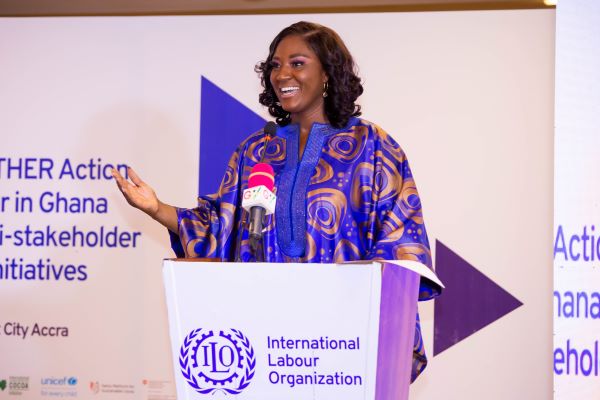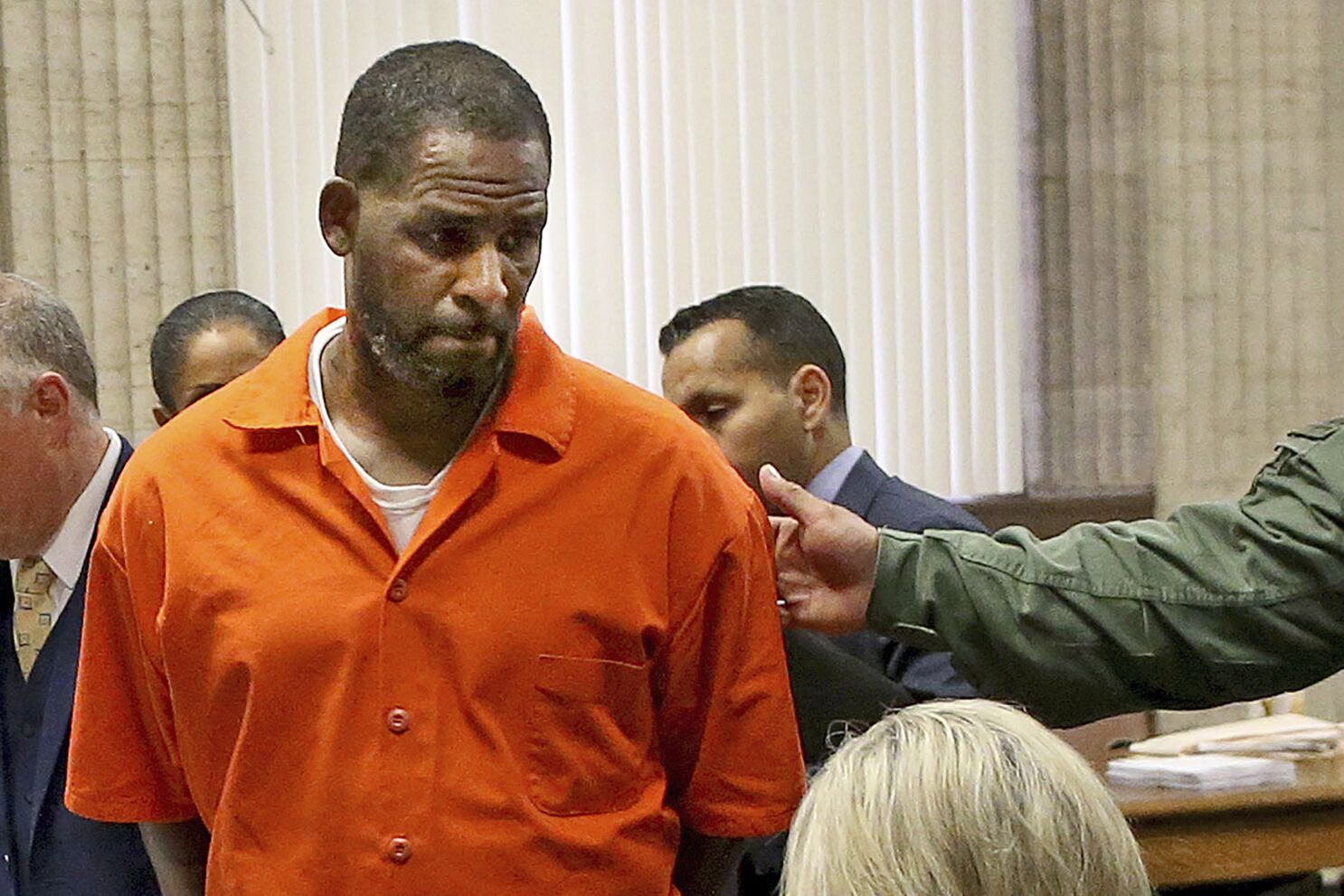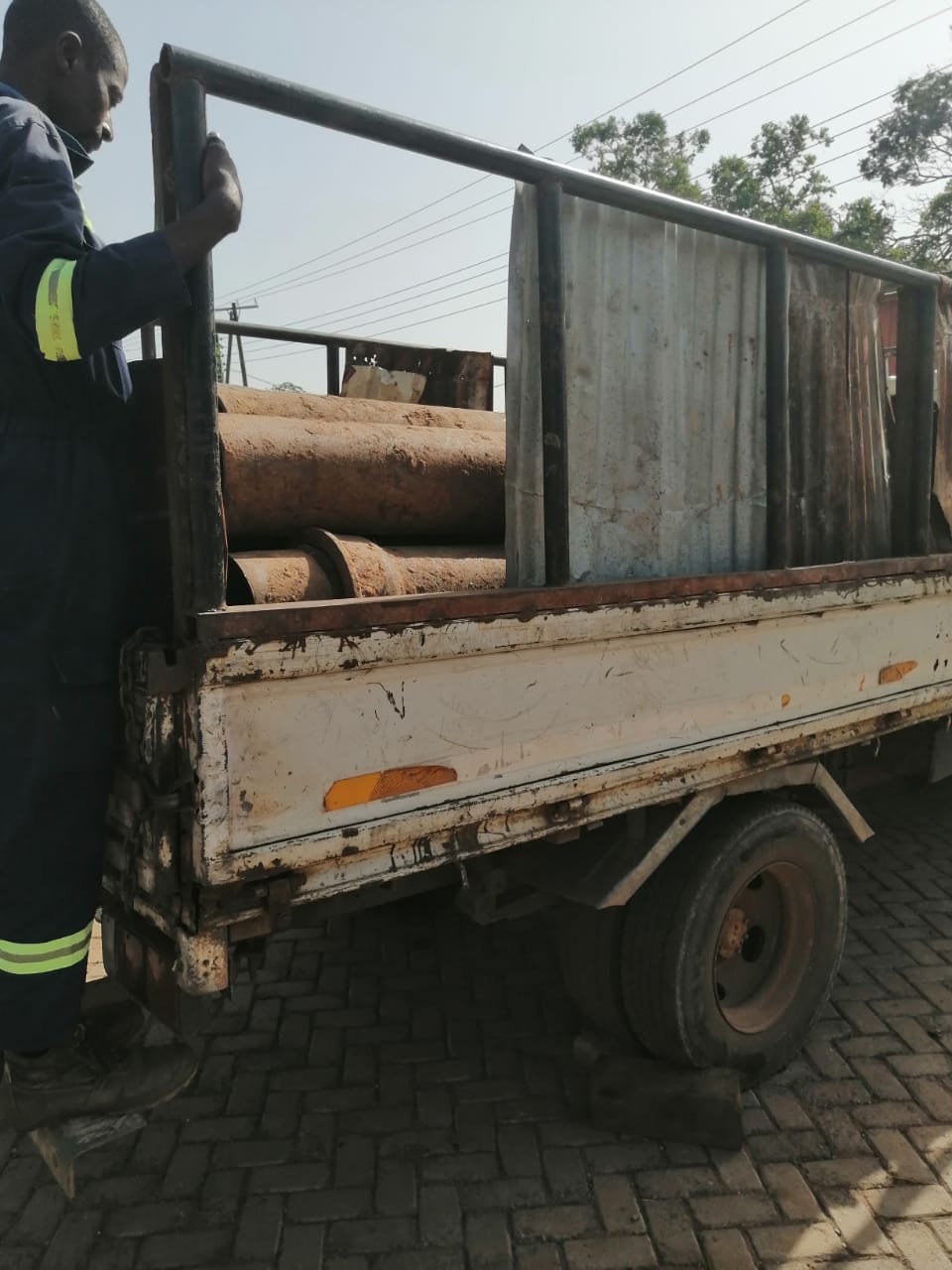
Incidents of child, forced labour and human trafficking still linger in the country’s fisheries sector, notes the Fisheries Commission.
The commission said these incidents are on the rise and prevalent at fishing communities in significant proportions due to increased socio-economic vulnerabilities and, in a way, cultural norms.
Deputy Executive Director-Fisheries Commission, Dr. Eric Kobbina, said factors including poverty, ignorance, broken homes and high childbirth rates are some leading reasons for child labour, forced labour and trafficking.
A lack of child labour and trafficking laws enforcement and the porous nature of national borders are contributing to the high incidence of trafficking and forced labour.
These came to light at the launch of an Employers’ Code of Practice for Eliminating Child and Forced Labour and Human Trafficking in the country’s fisheries sector.
It was launched under the Ghana Employers’ Association (GEA) auspices with collaboration from relevant partners – including the National Fisheries Association of Ghana, International Labour Organisation among others – and seeks to advocate for a total eradication of child and forced labour, including trafficking in the country’s fishing space.
Data from the Ministry of Fisheries and Aquaculture Development (MoFAD) indicate that over 1.23 million children – 14.2 percent of the children’s population in Ghana – are in hazardous child labour and child-trafficking situations; and over 50,000 of these children are involved in fishing, with thousands trafficked from as early as age four.
MoFAD and its stakeholders are currently implementing a Policy on Anti-Child Labour and Trafficking in Fisheries as a solution to the menace, which still persists.
Fishing is an important economic activity and accounts for five percent of agricultural gross domestic product (GDP). It also accounts for 60 percent of animal protein consumed and an estimated three million Ghanaians are directly involved in fishing – representing a little over 10 percent of the workforce.
As narrated by Dr. Kobbina, social factors like poverty, ignorance, broken homes and high childbirth rates are causal effects and will have to be addressed before the issue can be tackled effectively. The Fisheries sector must collaborate with the Ministry of Gender, Children and Social Protection to try and find ways of reducing the incidence of child and forced labour in the Fisheries sector – which is on the rise, particularly in remote fishing communities.
The post Editorial: Child, forced labour & trafficking linger in Fisheries appeared first on The Business & Financial Times.
Read Full Story









Facebook
Twitter
Pinterest
Instagram
Google+
YouTube
LinkedIn
RSS